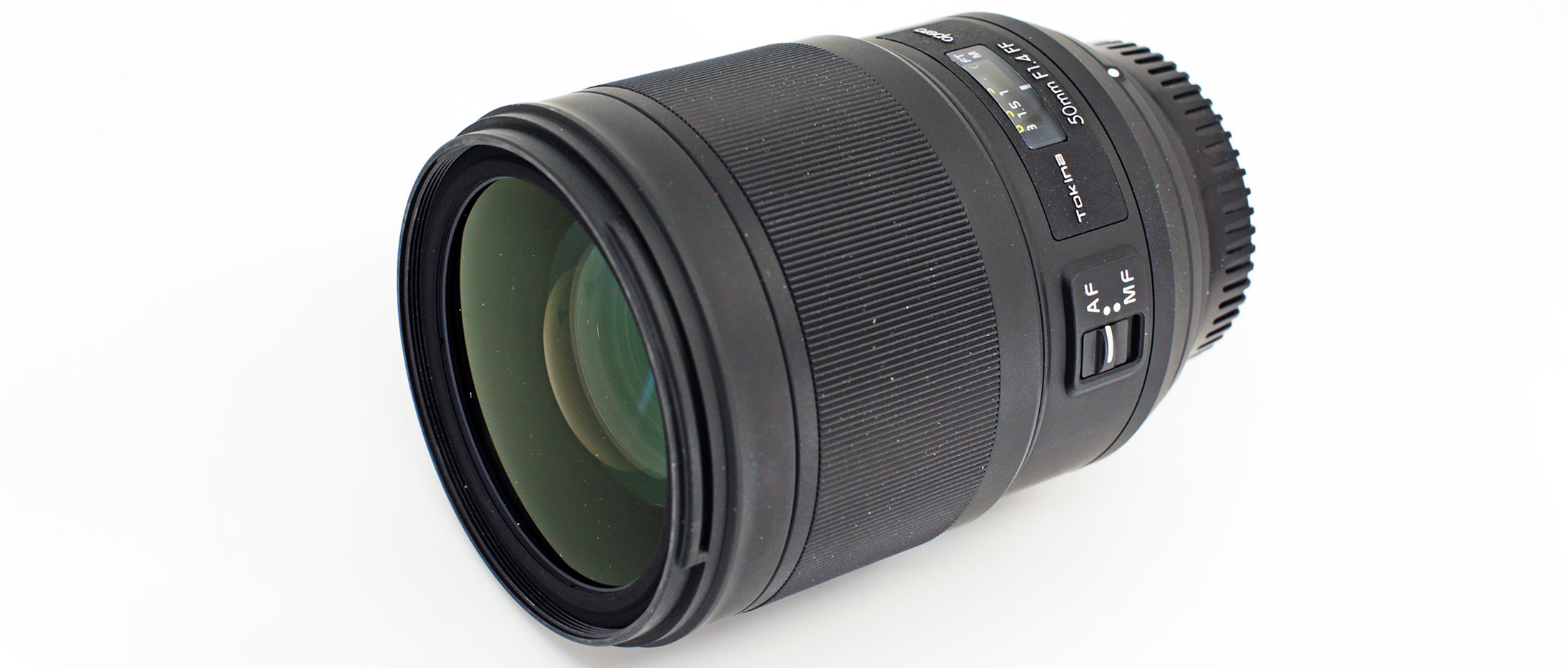Digital Camera World Verdict
The Tokina Opera 50mm f/1.4 FF is big and heavy for a 50mm prime lens, but it packs optics of the highest calibre and is built to last. Factor the fast, accurate autofocus and you've got one of the finest fifties you can buy for a Canon or Nikon DSLR.
Pros
- +
Great sharpness
- +
No distortion
- +
Negligible fringing
Cons
- -
No stabilisation
- -
Pricey
- -
Currently only Canon EF and Nikon F mounts
Why you can trust Digital Camera World
Tokina is back with this new fast standard prime designed to be the start of a high-end Opera series, positioned above the company's AT-X lens line to rival Sigma and Tamron’s latest premium offerings.
Features
Inside the Opera 50mm f/1.4 FF is a 9-element optical stack that contains three SD (Super-low Dispersion) elements and one aspherical element to minimise chromatic aberrations.
A 9-blade diaphragm is also present to help keep bokeh as smooth as possible, while the Nikon-fit lens benefits from an electronic diaphragm for more precise aperture control during burst shooting.
New to this lens is Tokina's ELR (Extremely Low Reflection) coating that specifically targets the visible light spectrum entering the lens to reduce ghosting, flare and reflections when shooting scenes containing a strong light source.
As you'd expect for a high-end optic, the Opera 50mm is dust and moisture resistant, with seals protecting eight areas of possible ingress.
Tokina is making bold claims about the speed and silence of the AF system in the Opera. It's of the ring-type ultrasonic variety rather than a more modern stepping motor design, but there is full time manual override. It's also nice to see a real mechanically-actuated focus distance window atop the lens barrel.
Included with the lens is a BH-726 petal hood that features a sliding window in the top allowing for the rotation of a polarising filter.
- Weight: 950g
- Dimensions: 80 x 107.5mm
- Filter size: 72mm
- Maximum aperture: f/1.4
- Minimum aperture: f/16
- Minimum focusing distance: 40cm
- Construction: 15 elements in 9 groups
- Aperture blades: 9
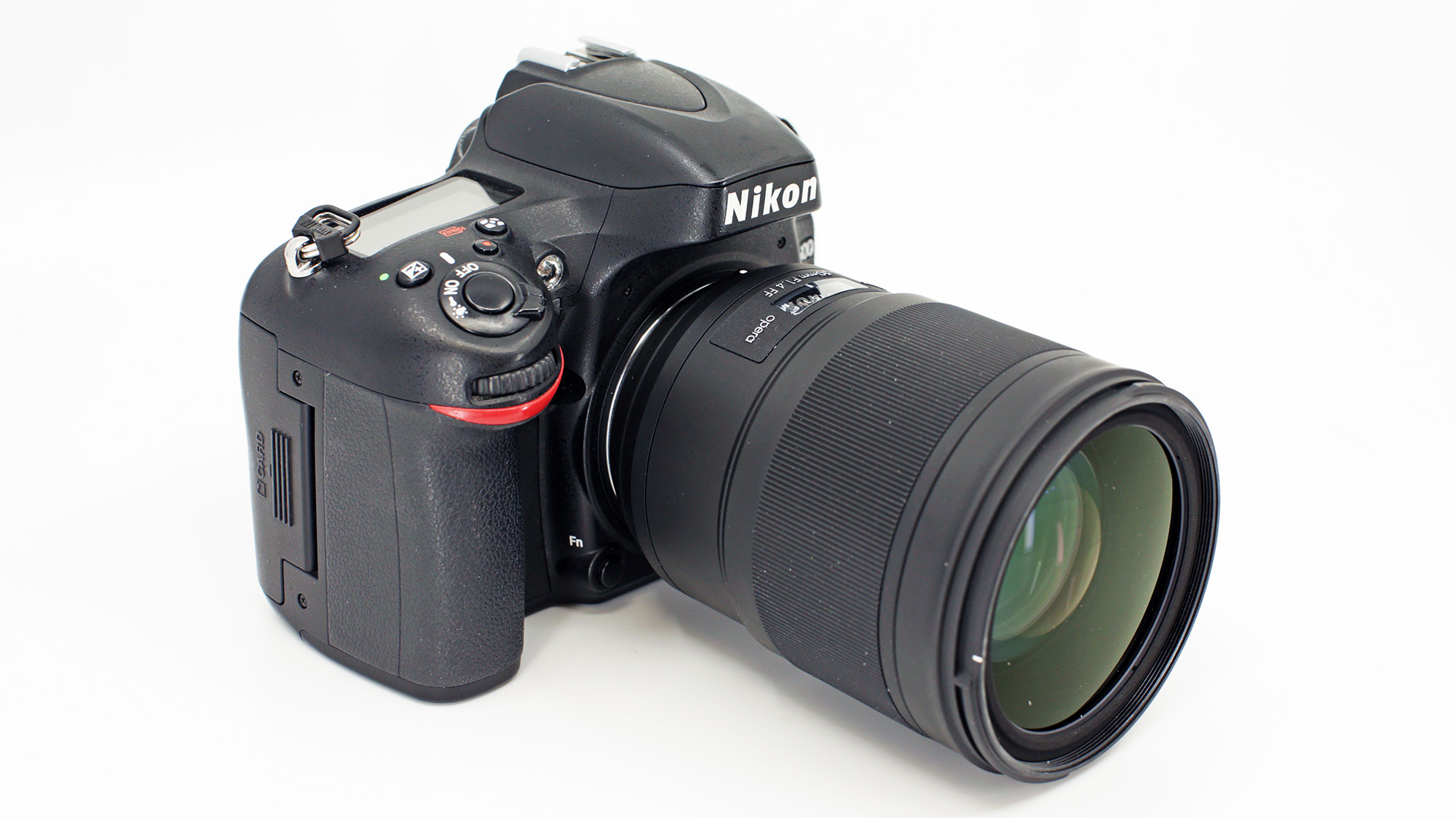
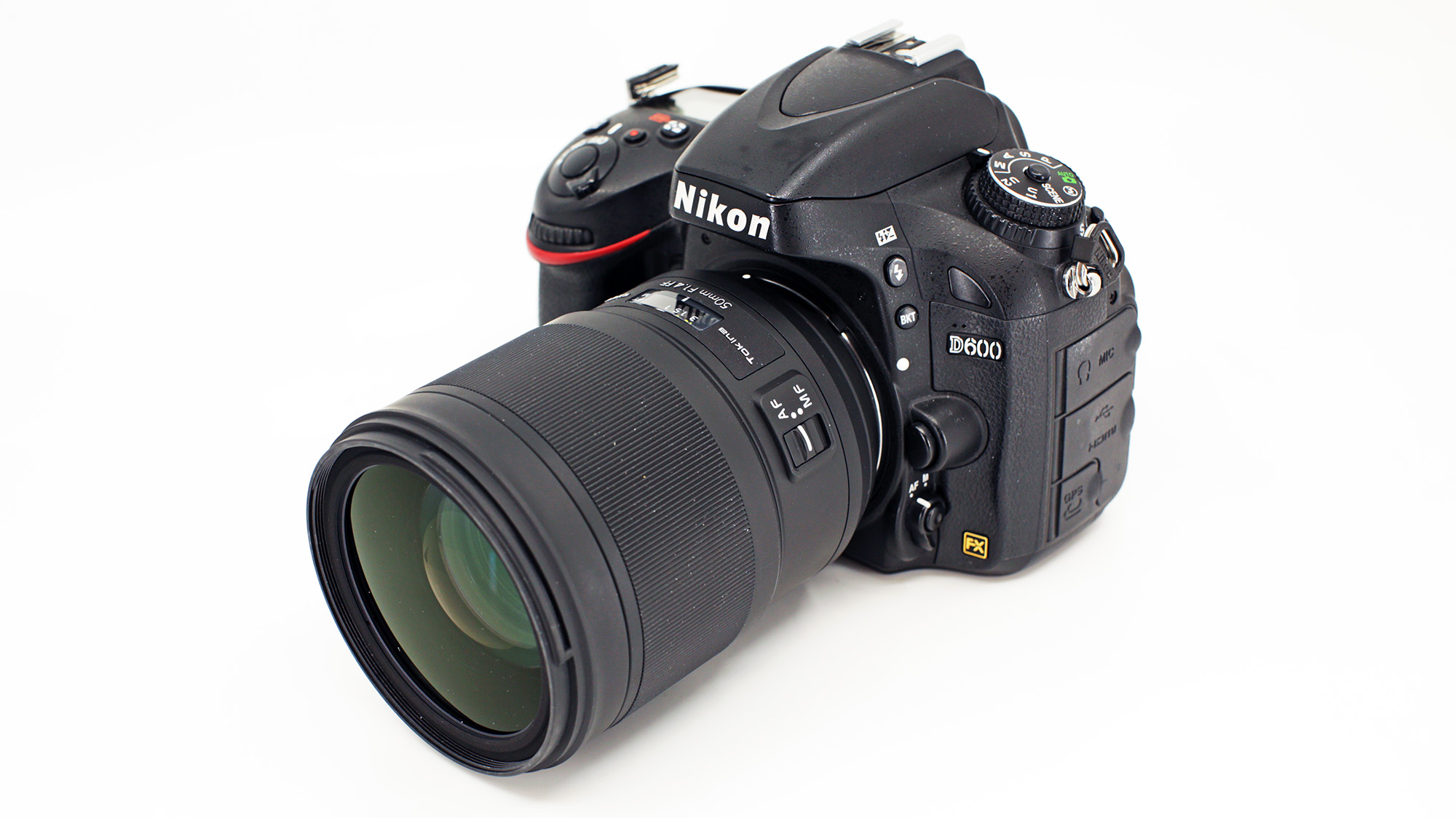
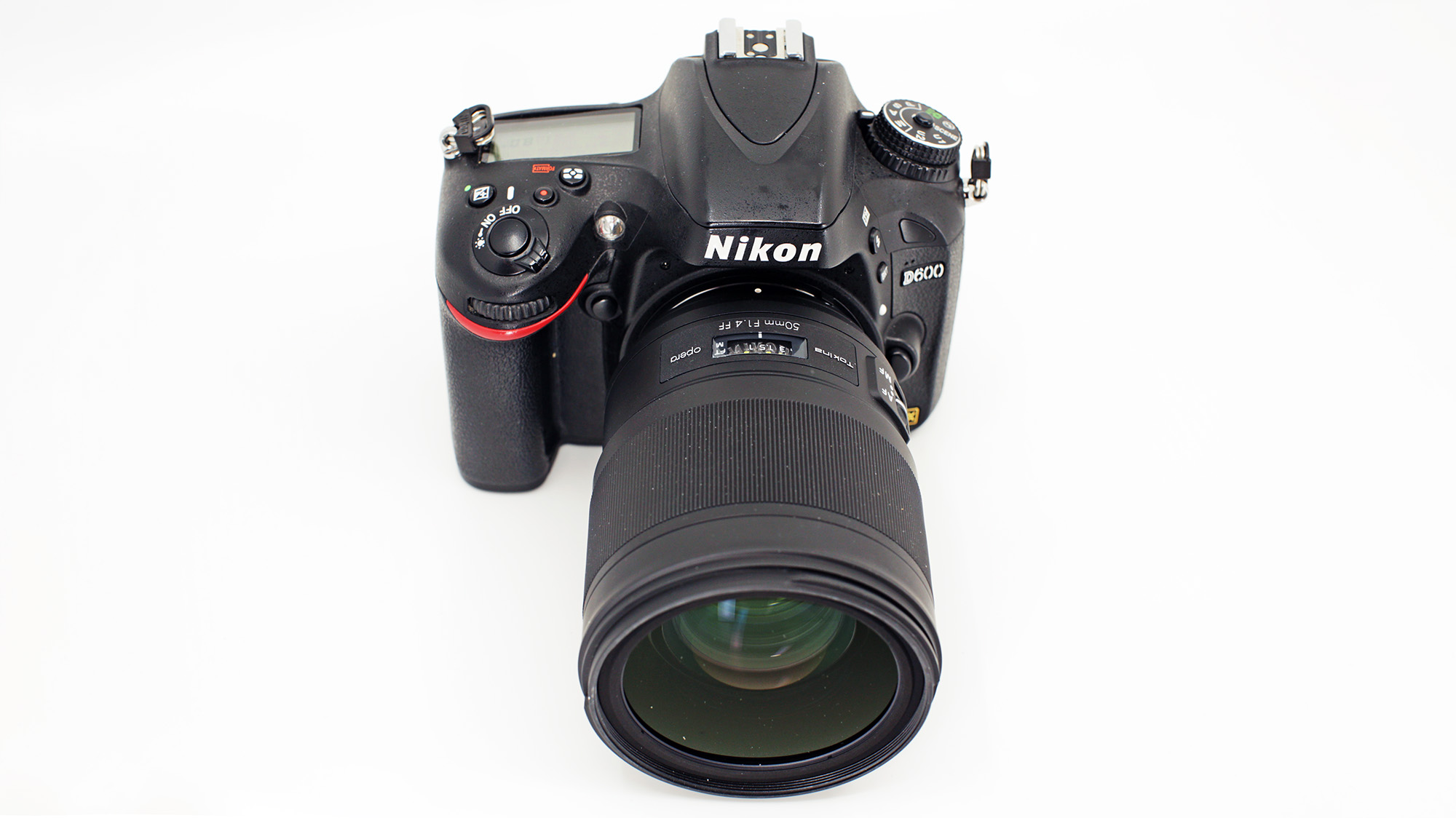
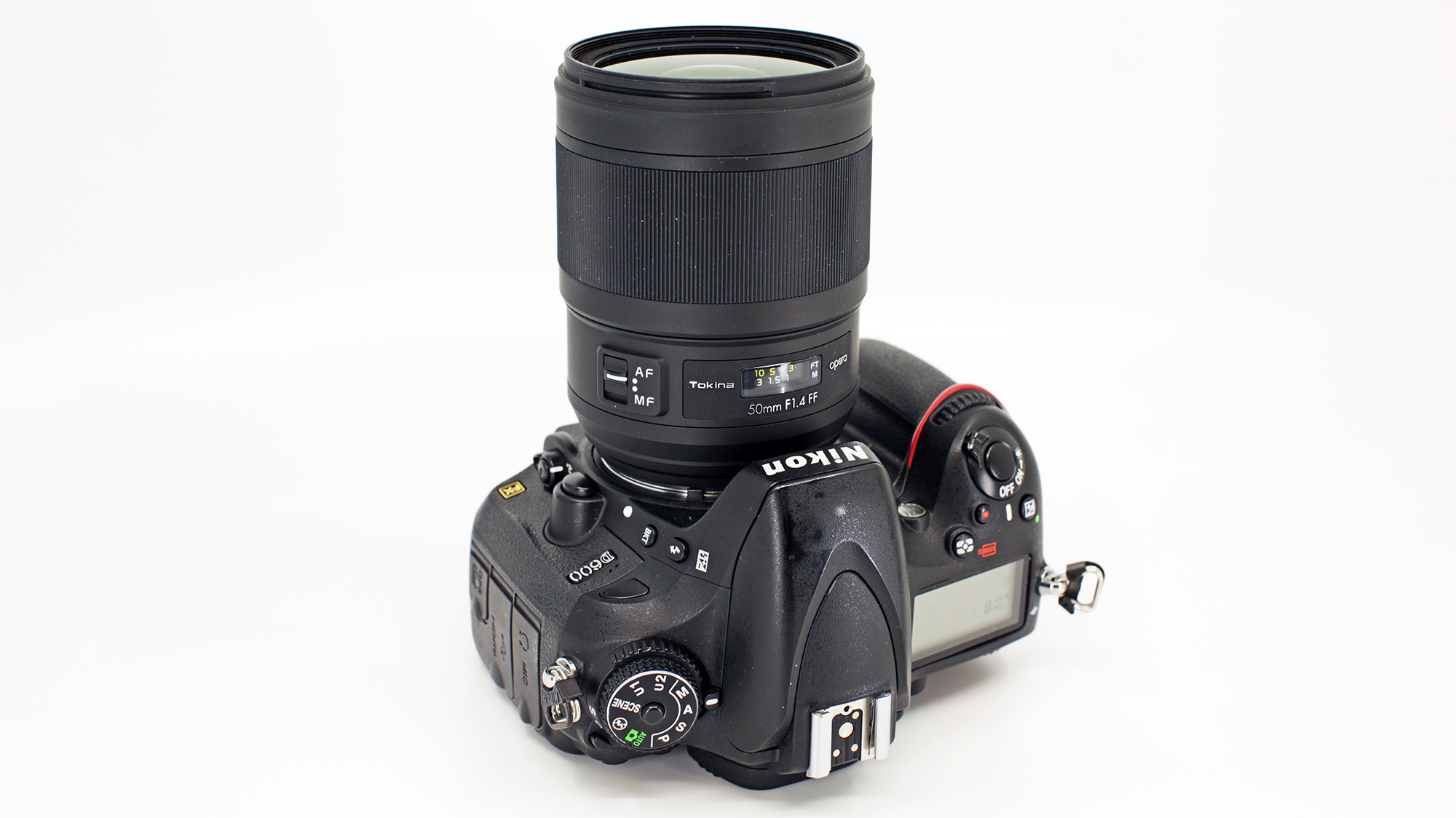
Tokina Opera 50mm F1.4 FF – lab tests
Sharpness
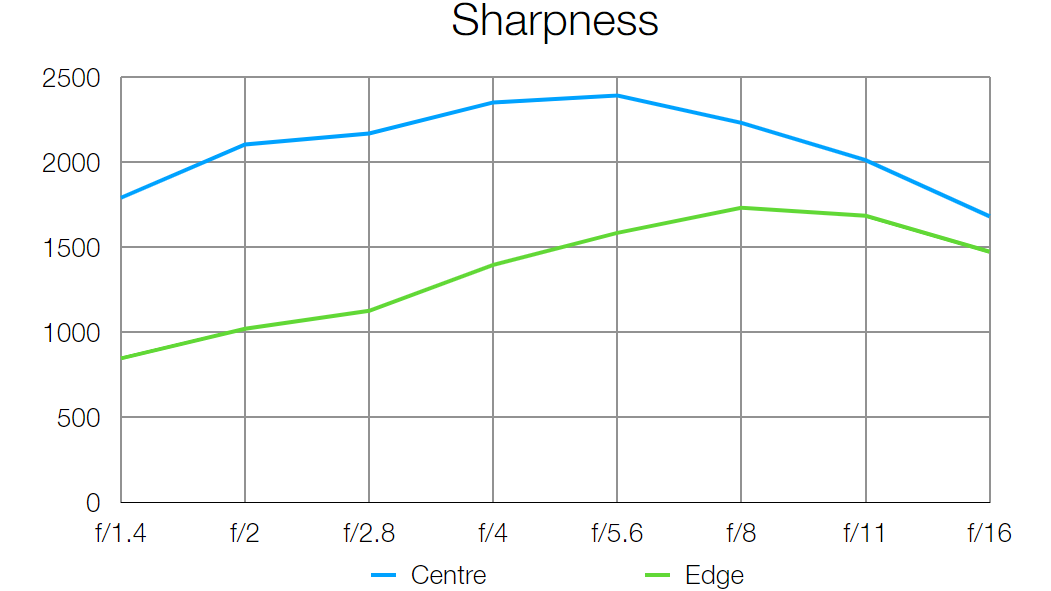
(measured in line widths/picture height)
Centre sharpness is excellent wide open at f/1.4, and the lens reaches an impressive sharpness sweet spot from f/2 right through to f/11. Only at the Opera's minimum aperture of f/16 does diffraction reduce sharpness to a more average score.
Corner sharpness appears disappointing relative to the centre-frame scores, but real world corner sharpness is be much better than the lab data implies. See the sample images below.
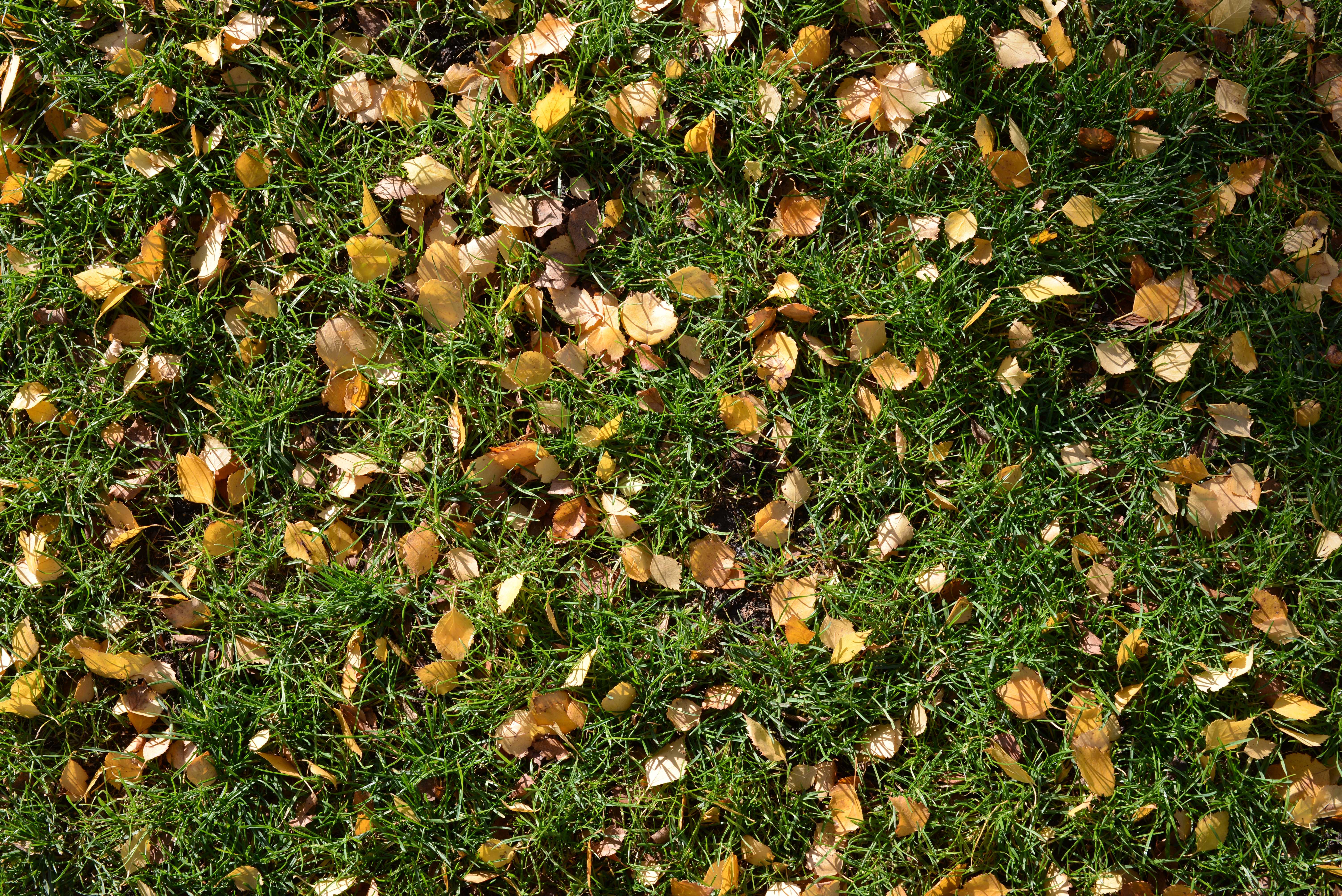

Fringing
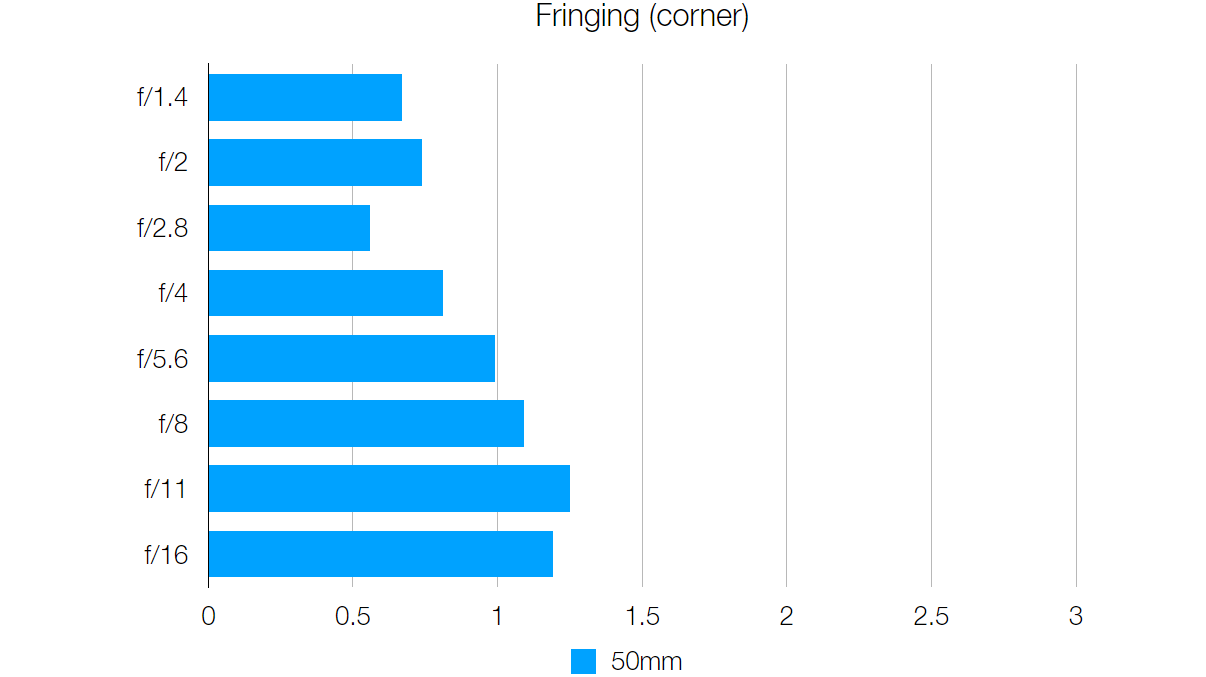
(nearer 0 is better)
Colour fringing is very well controlled, even right at the corners of the frame (where these scores are recorded). In real world shooting, aberrations are barely visible - see samples below.
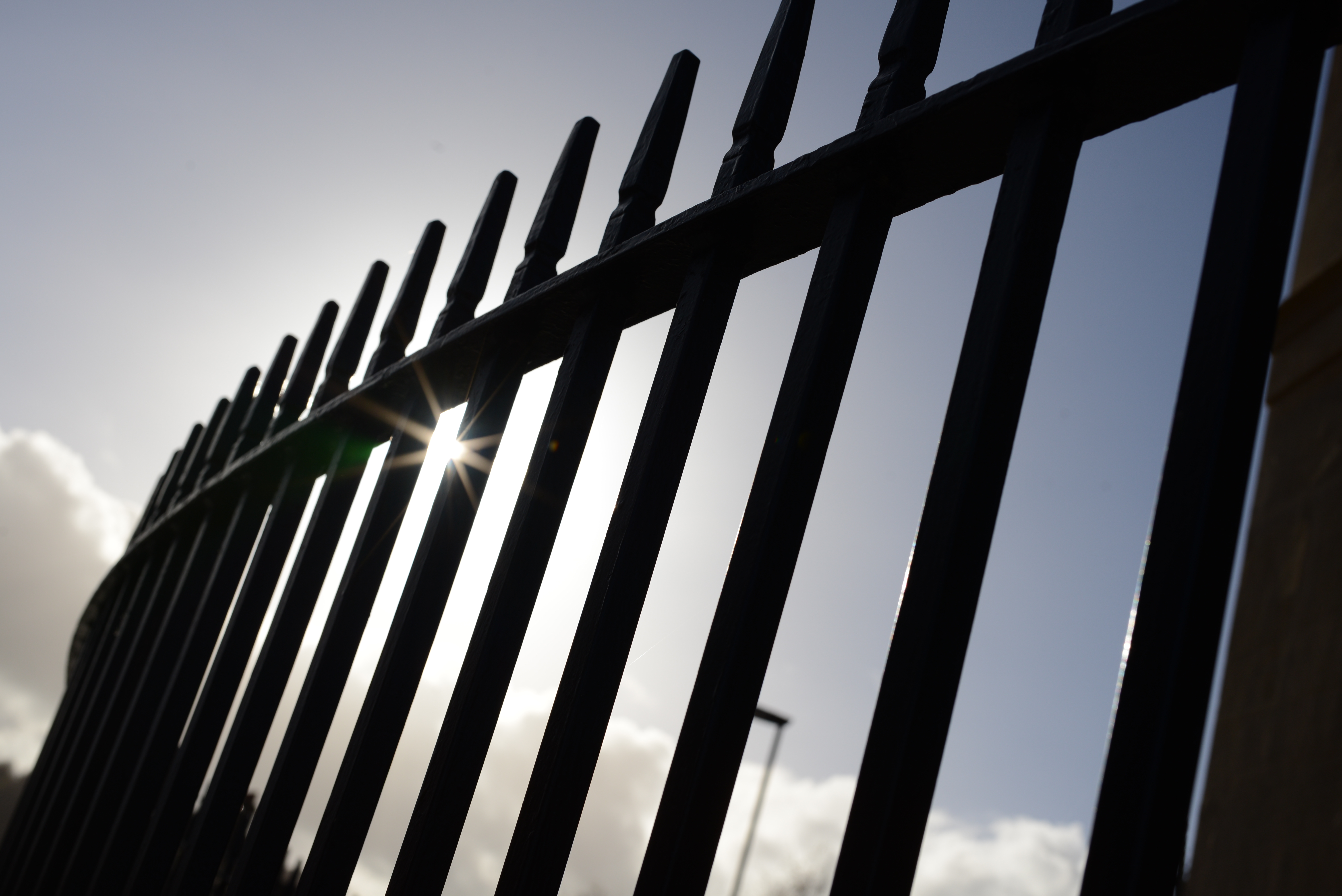

Distortion: 0.02
(nearer 0 is better)
The Tokina Opera 50mm f/1.4 FF is as close to a distortion-free lens as you'll find. This score is recorded with all in-camera and Raw-conversion distortion correction options disabled, so the glass can take full credit for this result.
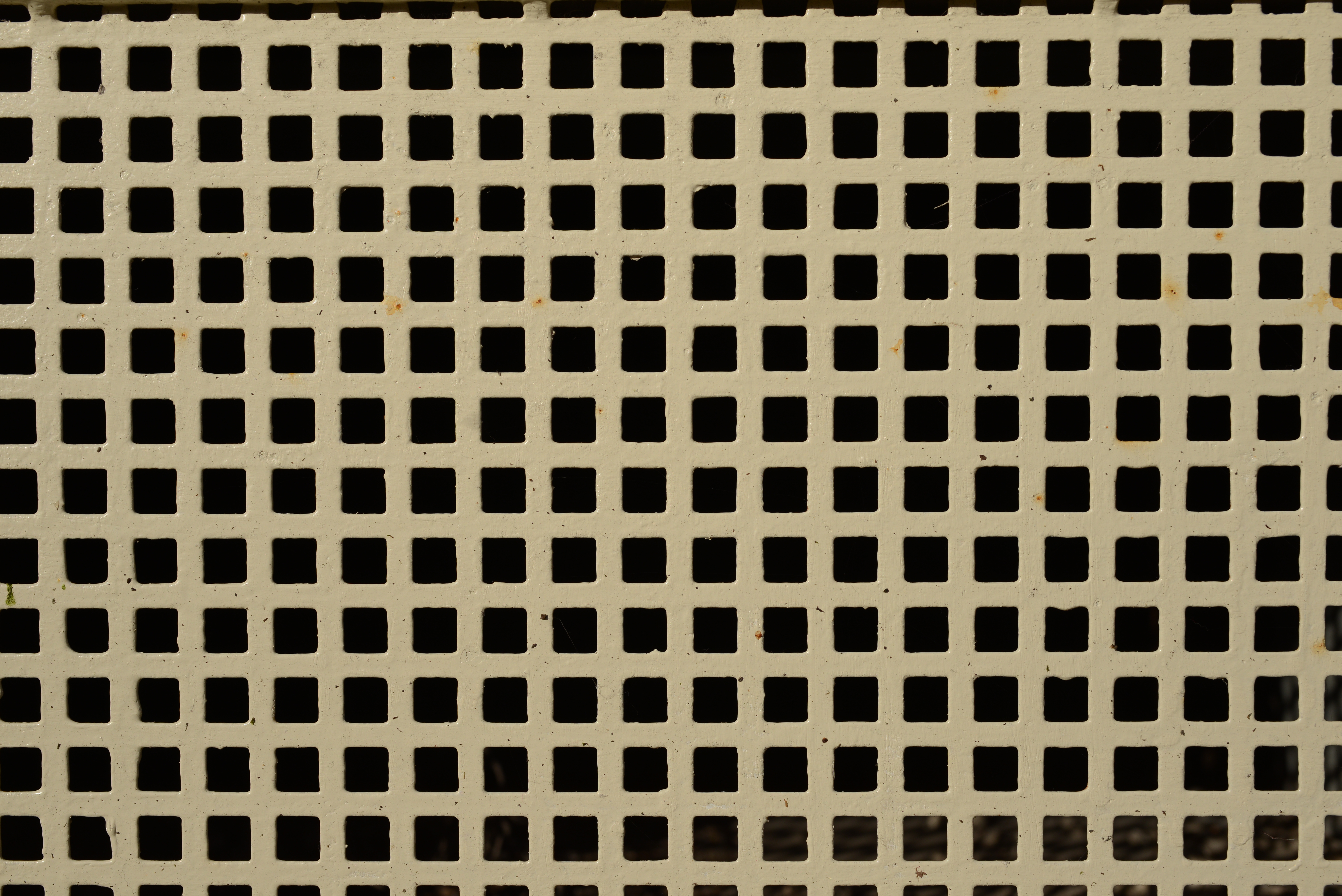
Sample images


Verdict
With Sigma and Tamron battling hard to win buyers away from Canon and Nikon glass, Tokina needed to deliver a very special lens to compete. Fortunately the Opera 50mm f/1.4 FF is a terrific standard prime.
Image quality is sublime, as the lens is one of the sharpest 50mm primes we've ever tested. Fringing and distortion levels are also impressively low.
The obvious main rival to the Opera is Sigma's 50mm f/1.4 DG HSM Art. Both lenses are of a similar size and weight, and the Sigma is such good all-rounder that it's won awards from us. But if anything the new Tokina is even more optically impressive, though its lens barrel doesn't quite exude the same exquisite feel as Sigma's Art-level build.
This wouldn't be an issue if Tokina's pricing was line with the Sigma's, but with an RRP of £879/$949, the Opera is nearly £300 more than the Sigma, making it one of the priciest standard primes you can buy for a Canon or Nikon DSLR.
Even so, if you're in the market for an EF or F-mount standard prime and are willing to pay top dollar for the best possible image quality, the Tokina Opera 50mm f/1.4 FF doesn't disappoint.
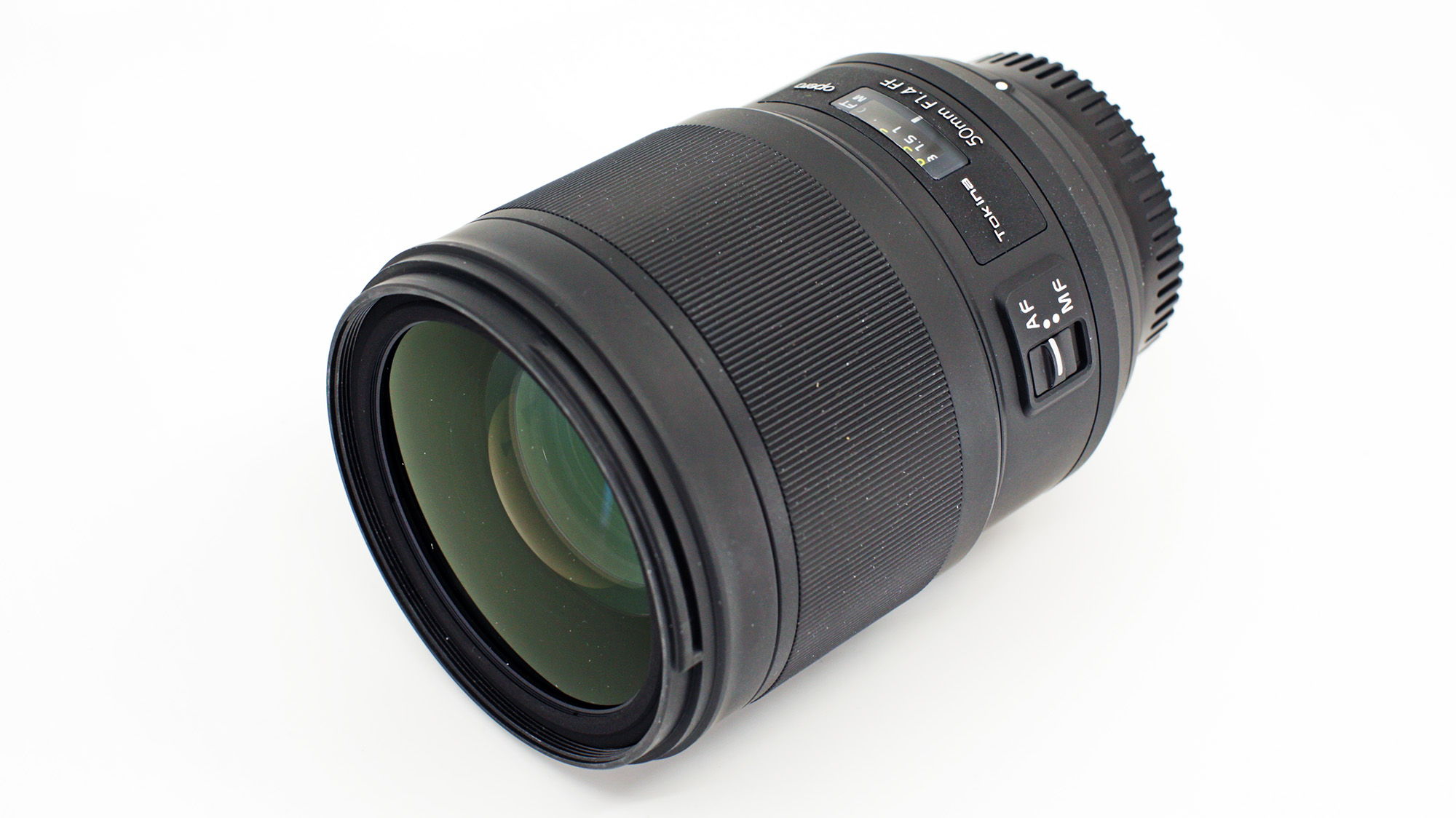
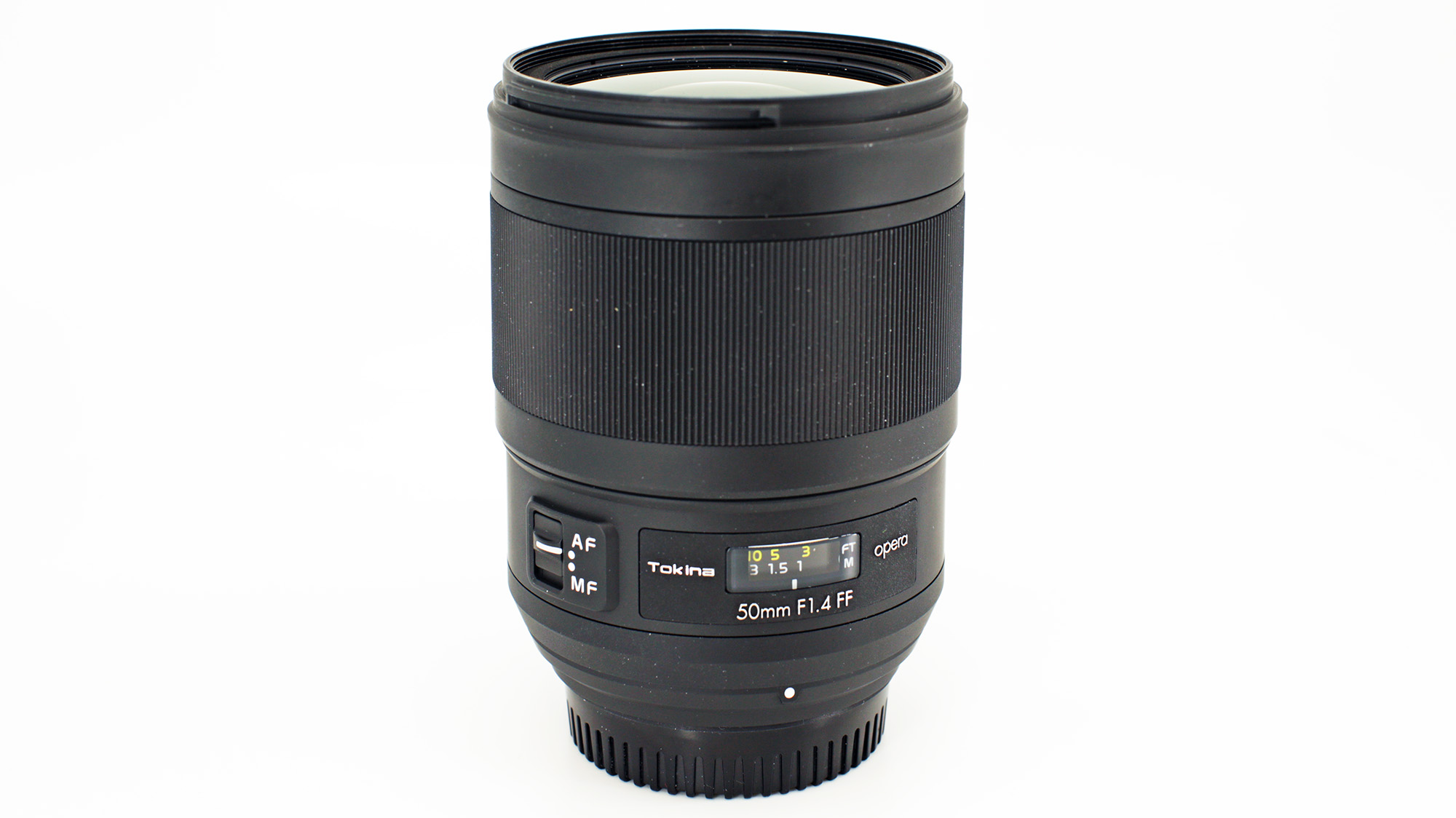
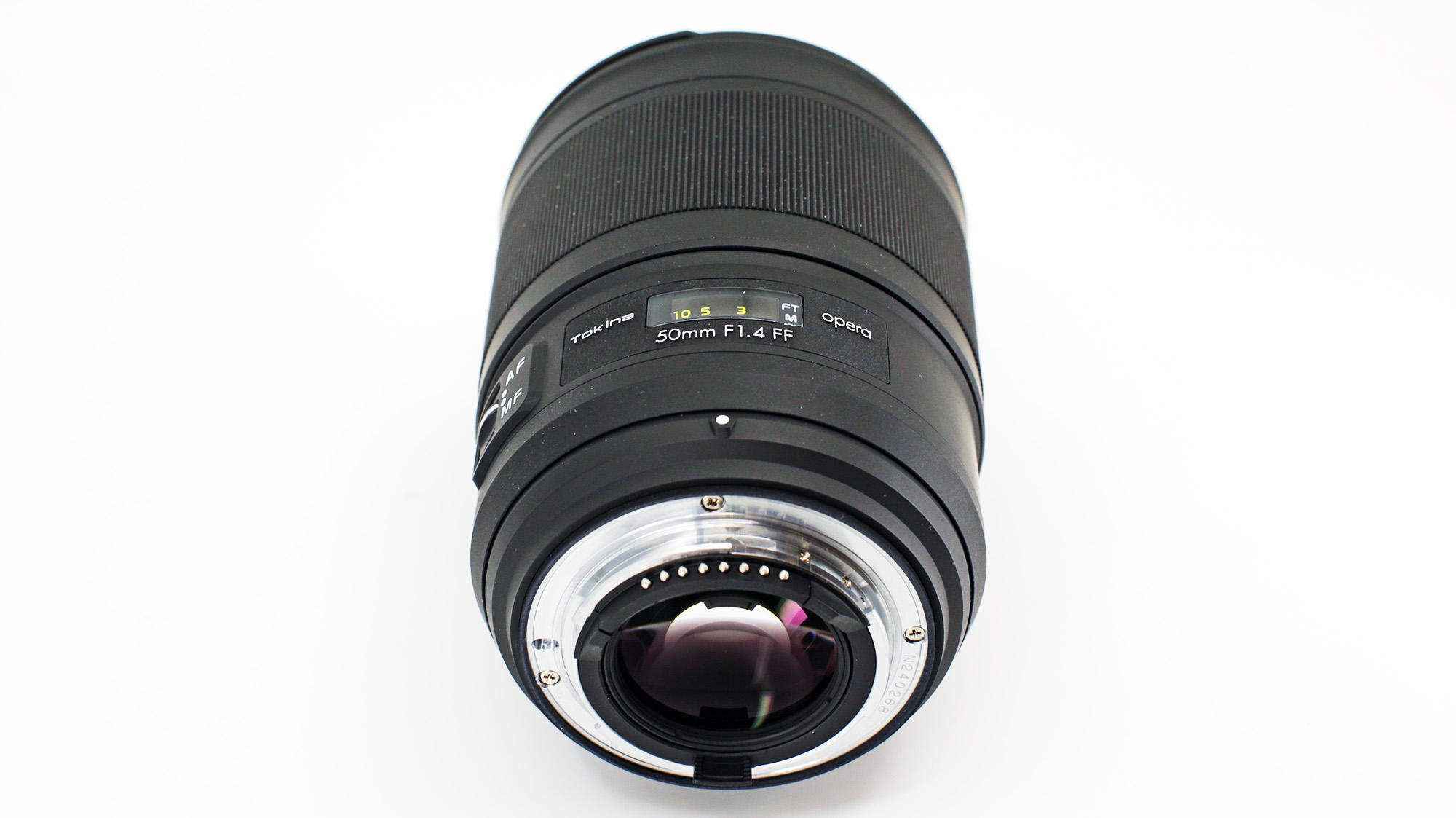
Ben is the Imaging Labs manager, responsible for all the testing on Digital Camera World and across the entire photography portfolio at Future. Whether he's in the lab testing the sharpness of new lenses, the resolution of the latest image sensors, the zoom range of monster bridge cameras or even the latest camera phones, Ben is our go-to guy for technical insight. He's also the team's man-at-arms when it comes to camera bags, filters, memory cards, and all manner of camera accessories – his lab is a bit like the Batcave of photography! With years of experience trialling and testing kit, he's a human encyclopedia of benchmarks when it comes to recommending the best buys.
